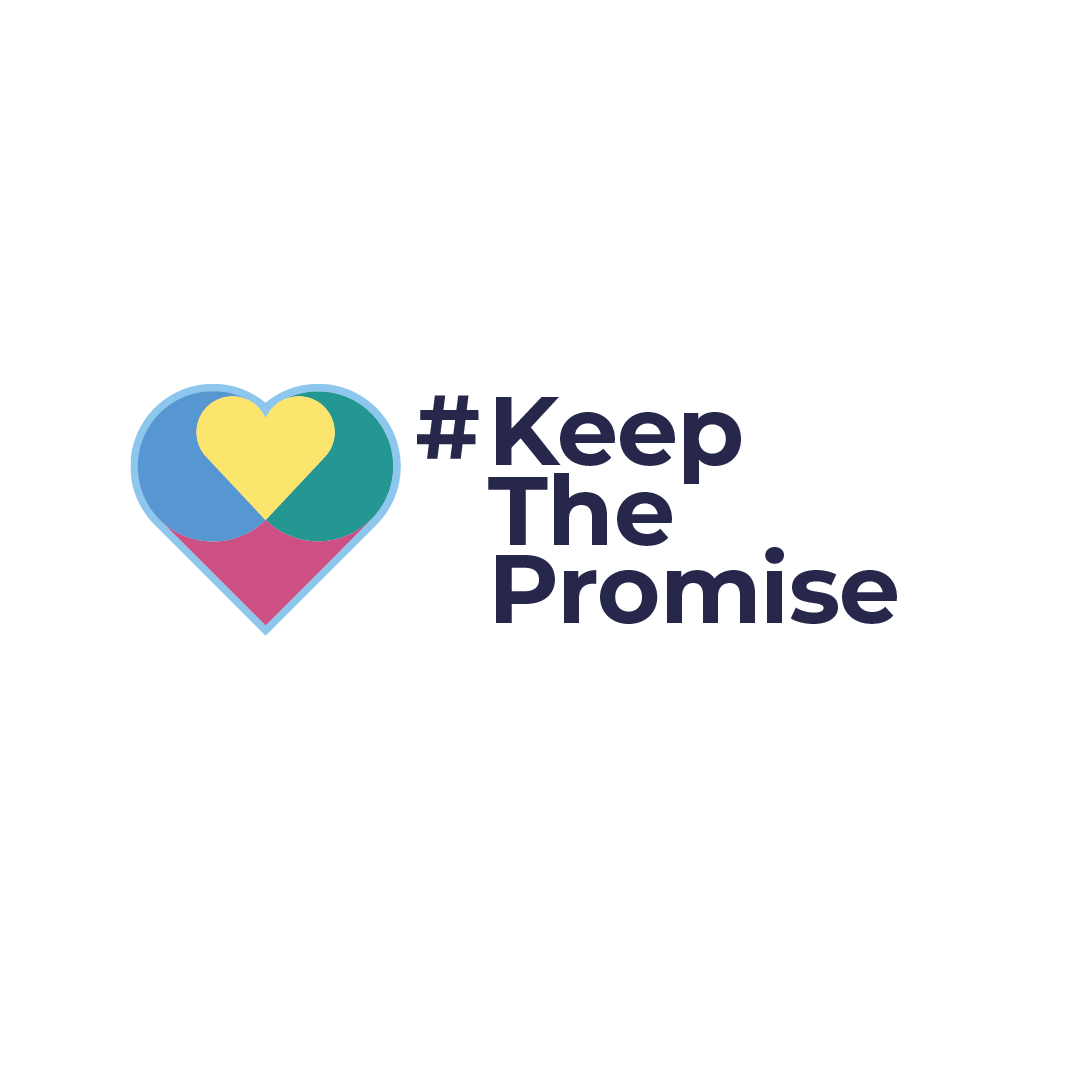Professionals and Practitioners
This digital resource tells the story of how our brains interpret the world around us and how this translates in our bodies, emotions and behaviours. It has been designed to be used by professionals working with young people interested in learning more about the science of conflict and boosting their wellbeing.

How to Ask Questions
Summary
- For professionals working with families to mend fractured relationships, the ability to ask questions effectively can be a powerful tool.
- Questions serve as gateways to understanding, empathy, and ultimately, resolution.
- Open-ended questions encourage individuals to elaborate, reflect, and express their thoughts and emotions freely. Closed-ended questions can limit responses to a simple "yes" or "no," restricting the depth of exploration and understanding.
- Circular questions explore the interplay between family members and the broader context of their interactions.
- When engaging with families in conflict, professionals must be mindful of the language they use to ensure it fosters empathy, validation, and understanding.
In the realm of family dynamics, conflicts are inevitable. For professionals working with families to mend fractured relationships, the ability to ask questions effectively can be a powerful tool. Questions serve as gateways to understanding, empathy, and ultimately, resolution. However, the way questions are asked can significantly impact the direction and outcome of the conversation.
In this article, we'll highlight the nuances of asking questions, exploring the distinctions between open and closed questions, the technique of circular questioning, and the importance of language in facilitating productive dialogue.
Open Questions Vs Closed Questions
When initiating discussions with families grappling with conflict, the type of questions employed plays a crucial role in fostering constructive communication. Open-ended questions encourage individuals to expand, reflect, and express their thoughts and emotions freely. These questions typically begin with "what," "how," or "why," prompting individuals to provide detailed responses. For instance:
- "How do you feel about the recent disagreement with your parent?"
- "What are your concerns about your relationship?"
- "Why do you think communication has broken down between you and …?"
In contrast, closed-ended questions can limit responses to a simple "yes" or "no," restricting the depth of exploration and understanding. While closed questions have their place in gathering specific information, they may not be effective in exploring complex emotions or perspectives.
For example:
"Did you argue with your parent?"
"Are you upset about the situation?"
"Do you think communication is a problem in your relationship?"
By utilizing open-ended questions, professionals can encourage self-reflection, facilitate empathy, and uncover underlying issues and unmet needs contributing to the conflict.
Circular Questioning
Circular questioning is a technique employed to examine relational interactions and perspectives within a family. Rather than focusing solely on individual experiences or actions, circular questions explore the interplay between family members and the broader context of their interactions. This approach encourages individuals to consider how their behaviour influences and is influenced by others within the family.
An example of circular questioning might involve asking each party to reflect on the impact of their actions on the other:
"How do you think your recent actions have affected your mum / dad / brother / sister / the family?"
"In what ways do you believe _____ thinks of your behaviour?"
"Can you imagine how ______ might interpret your behaviour differently?"
By fostering a deeper understanding of common influences and perspectives, circular questioning can promote empathy, and ultimately, facilitate better relationships .
When engaging with families in conflict, professionals must be mindful of the language they use to ensure it fosters empathy, validation, and understanding.
The Role of Language
Language is a powerful in shaping perceptions, emotions, and interpersonal relationships. When engaging with families in conflict, professionals must be mindful of the language they use to ensure it fosters empathy, validation, and understanding.
Avoiding accusatory or judgmental language can prevent defensiveness and encourage openness. Instead of placing blame, focus on exploring feelings, perceptions, and needs.
For instance:
- Instead of: "You always seem to start arguments." Try: "I noticed there have been frequent disagreements. Can you share what might be causing them?"
- Instead of: "You're being unreasonable." Try: "I understand you have strong feelings about this. Can you help me understand why you feel like this?"
Additionally, using language that conveys empathy and validation can help individuals feel heard and understood. Acknowledge their emotions, validate their experiences, and express empathy for their struggles. Statements such as, "I can see how that would be difficult for you," or "It sounds like you're feeling really frustrated," can validate emotions and foster connection.
In conclusion, effective communication lies at the heart of improving family relationships. By becoming skillful in asking questions, professionals can facilitate safe spaces for exploration, understanding, and connection.
Whether through open-ended inquiries, circular questioning, or mindful language, the journey towards improving relationships begins with a willingness to listen, empathize, and collaborate towards resolution.
References and Further Reading
- Ask the Right Question. Martha’s Vineyard Mediation Program, 2020.
- How Can You Use Open-Ended Questions to Resolve Conflict? LinkedIn, 2023.
- Five Powerful Open-Ended Questions Mediators Use For Active Listening by Kate Otting. Interaction Management, 2022.
- Asking the Right Questions by Ellen Kandell. Alternative Resolutions, 2018.





